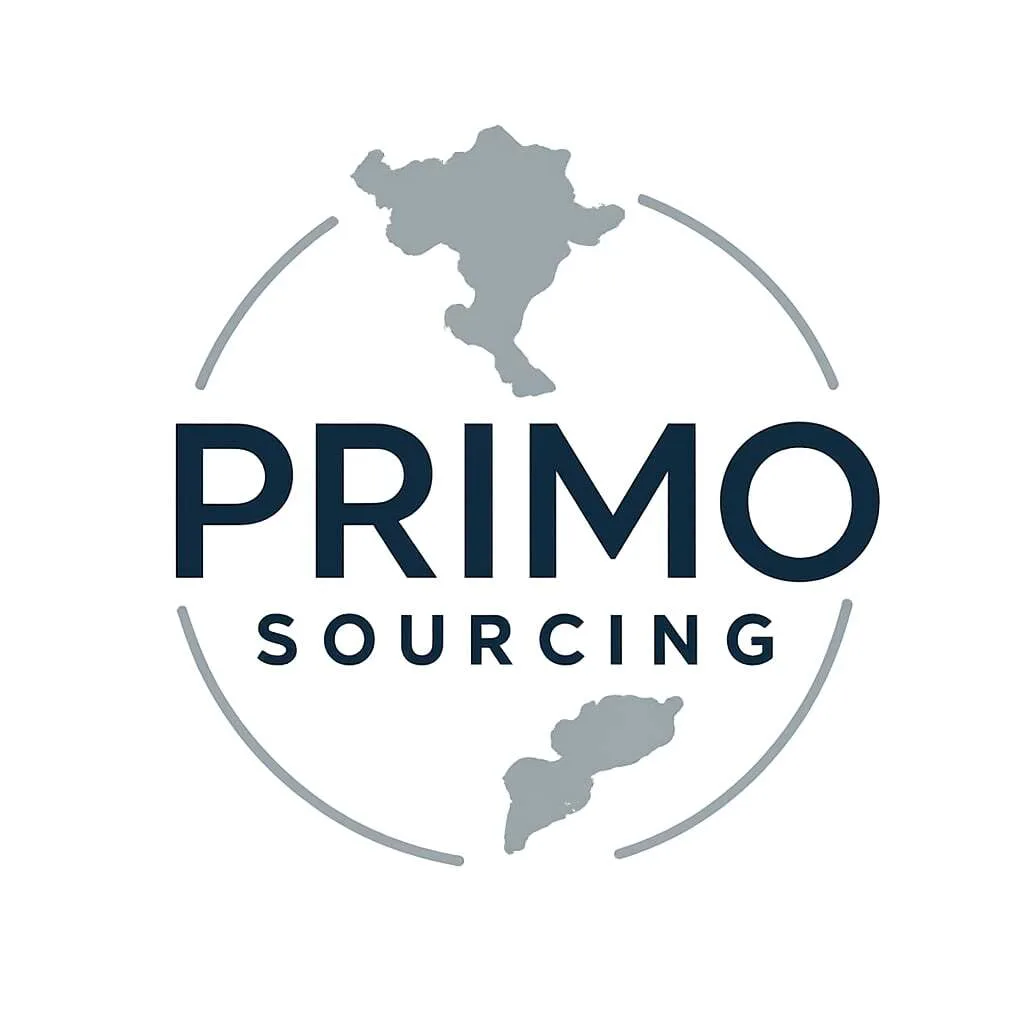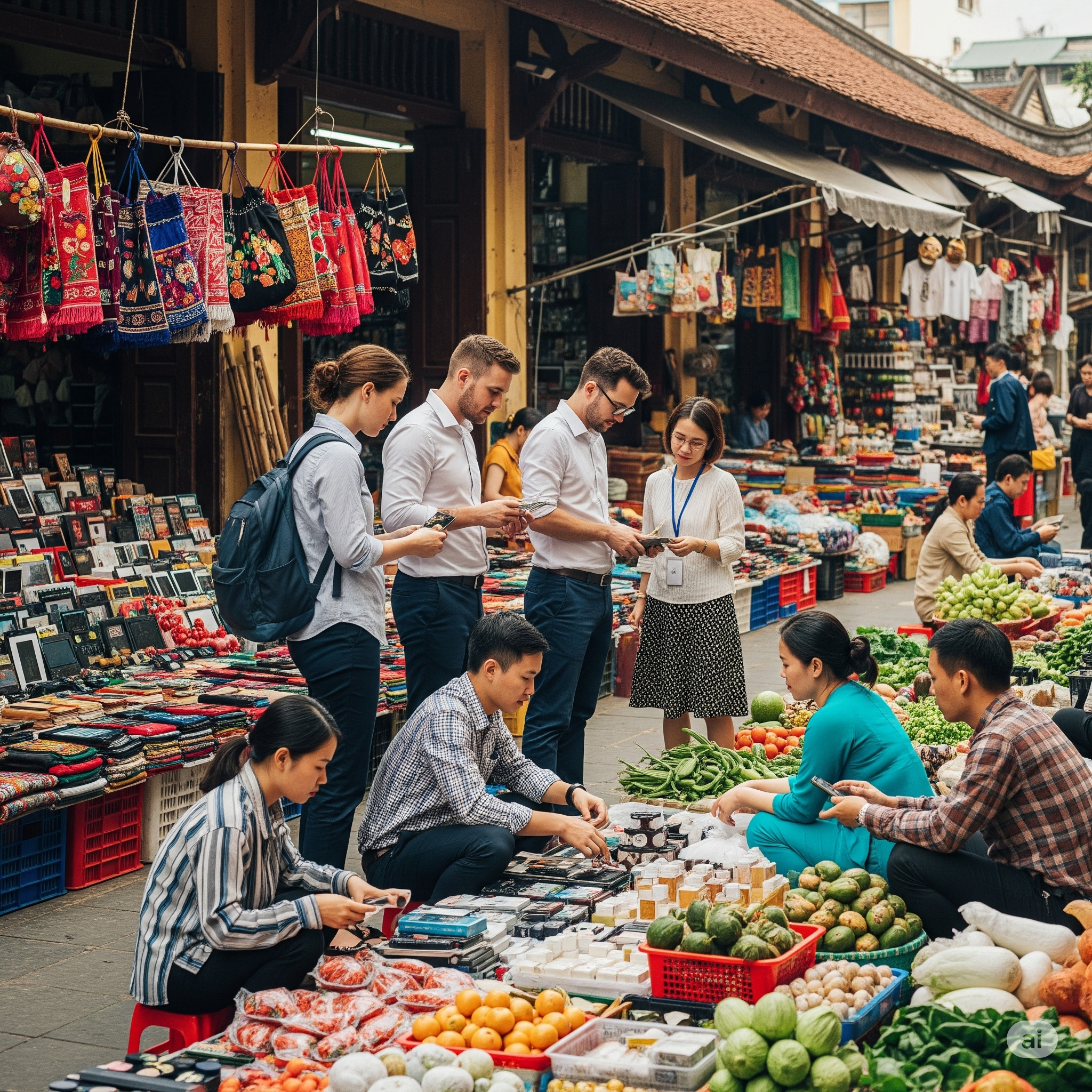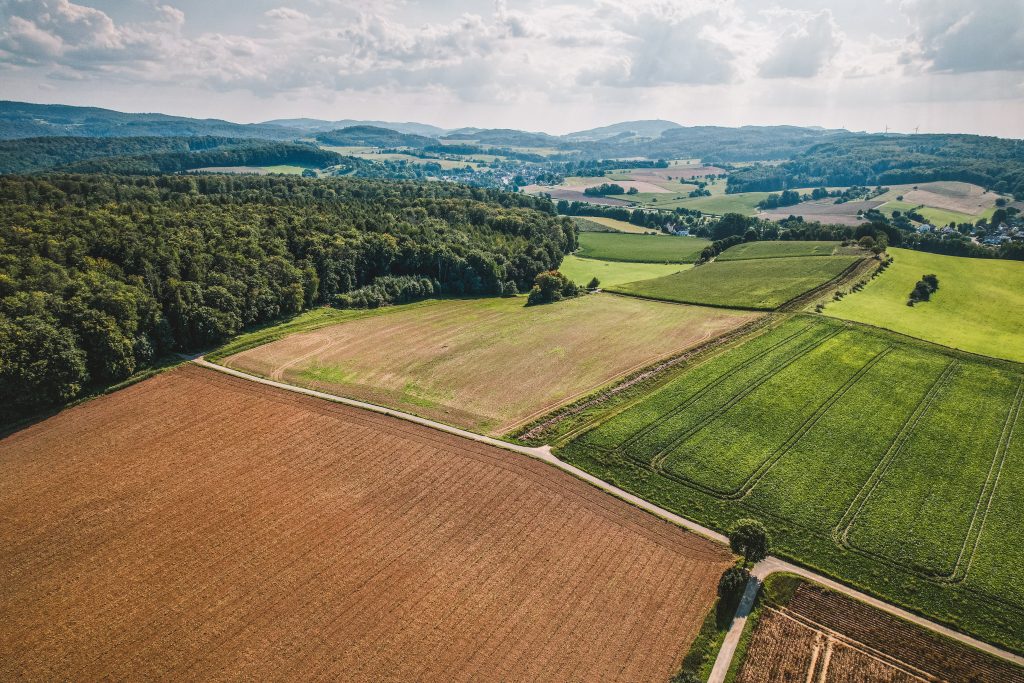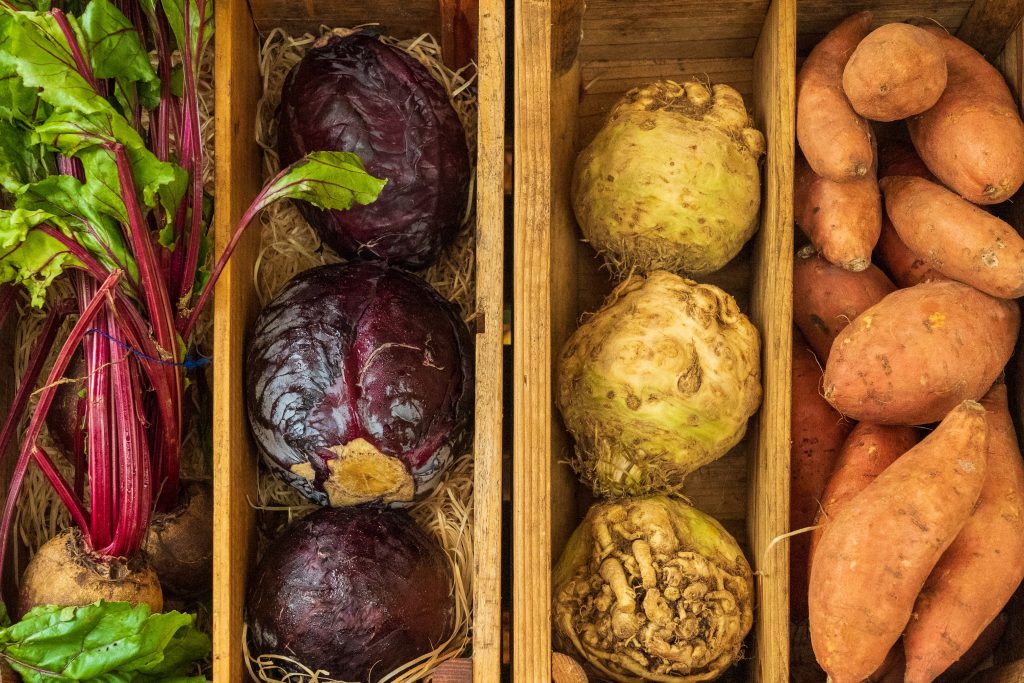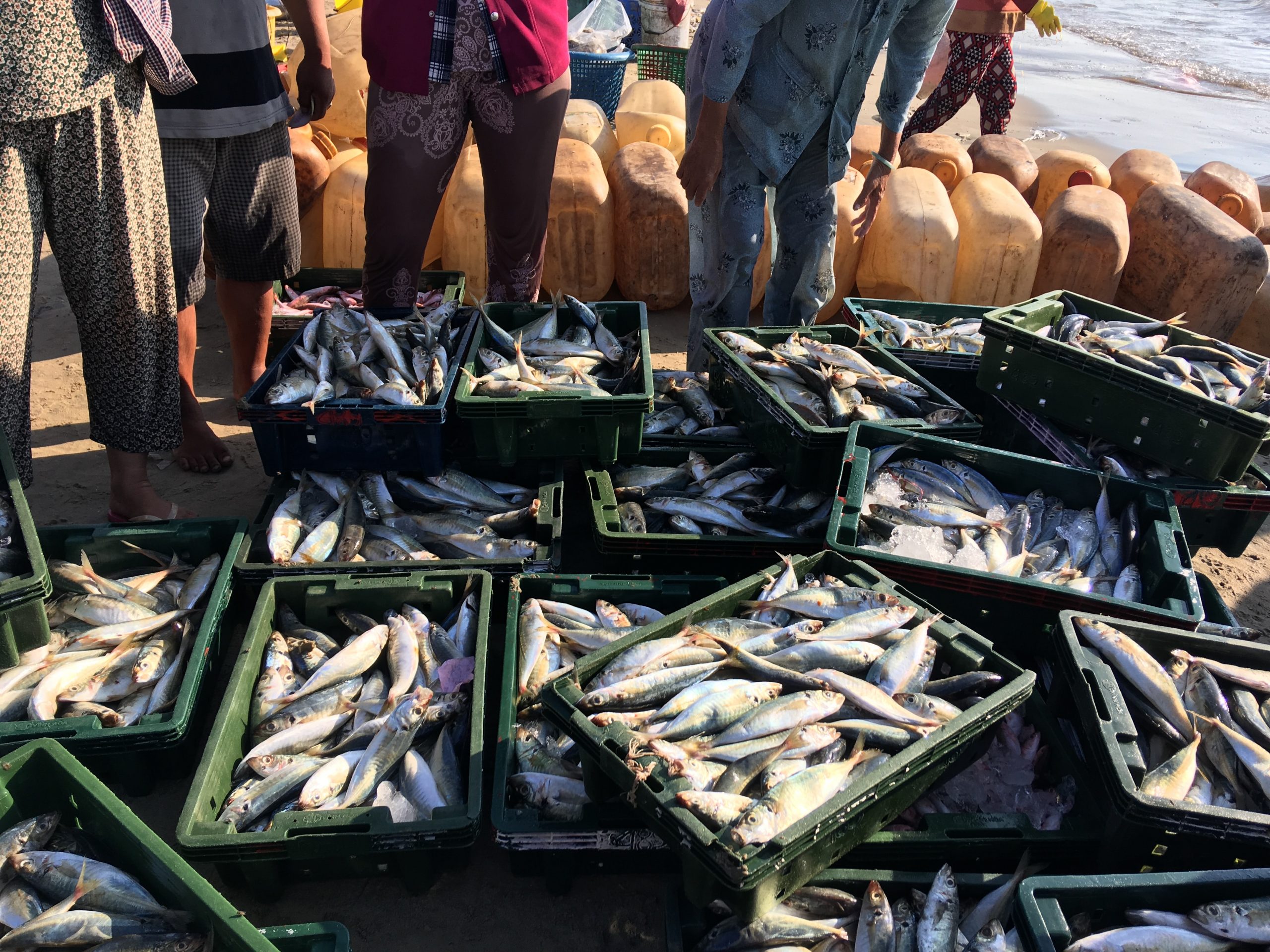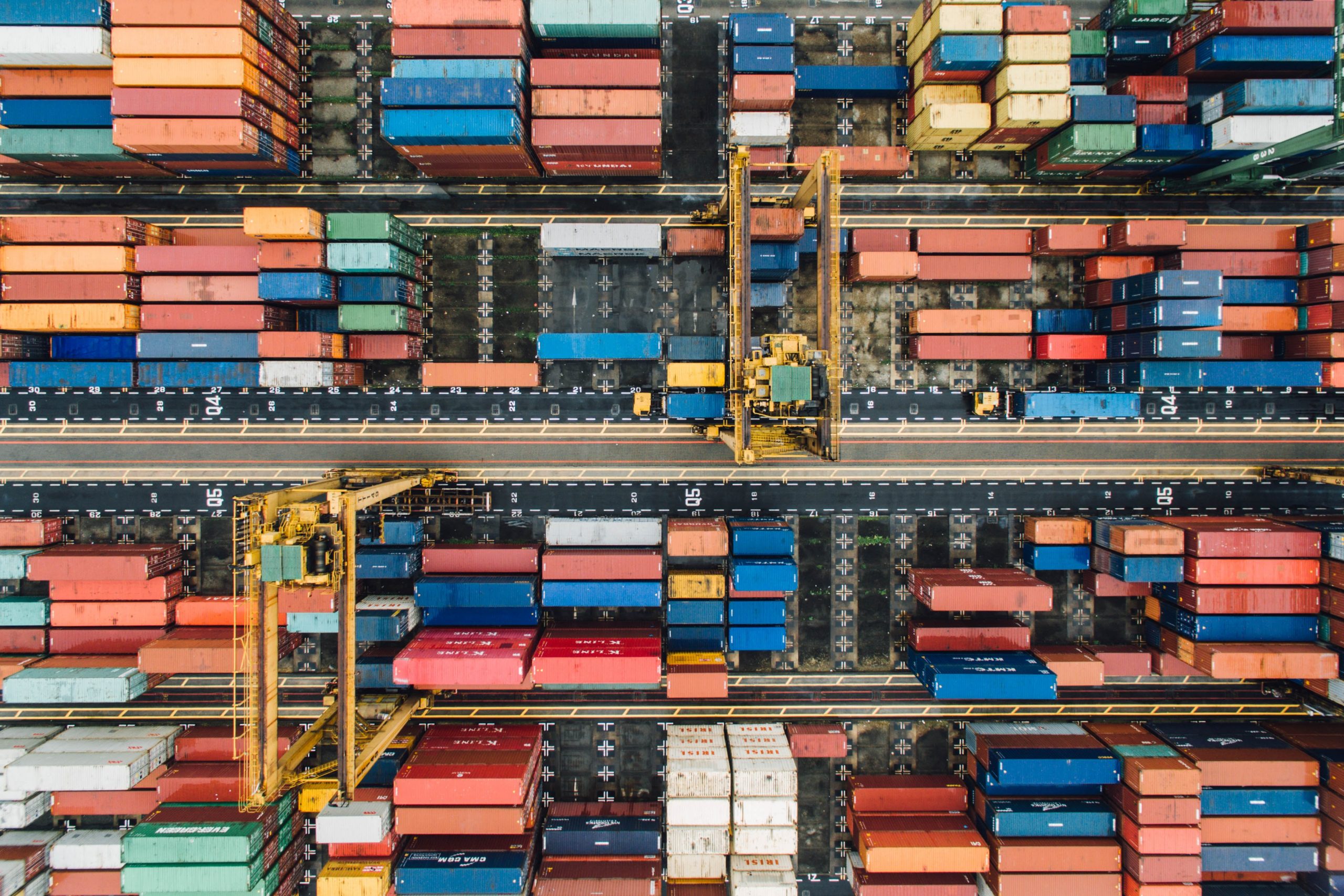Vietnam has rapidly emerged as a powerhouse in global manufacturing and a highly attractive destination for international sourcing. Beyond its impressive export growth across diverse sectors, as highlighted by recent figures showing seven key product categories exceeding 5 billion USD in export value in just five months (including electronics, textiles, footwear, and wood products), the country offers a dynamic environment for businesses seeking to diversify their supply chains. This article delves into the essential aspects of sourcing in Vietnam, from finding suppliers to mastering supply chain management and ensuring robust quality control.
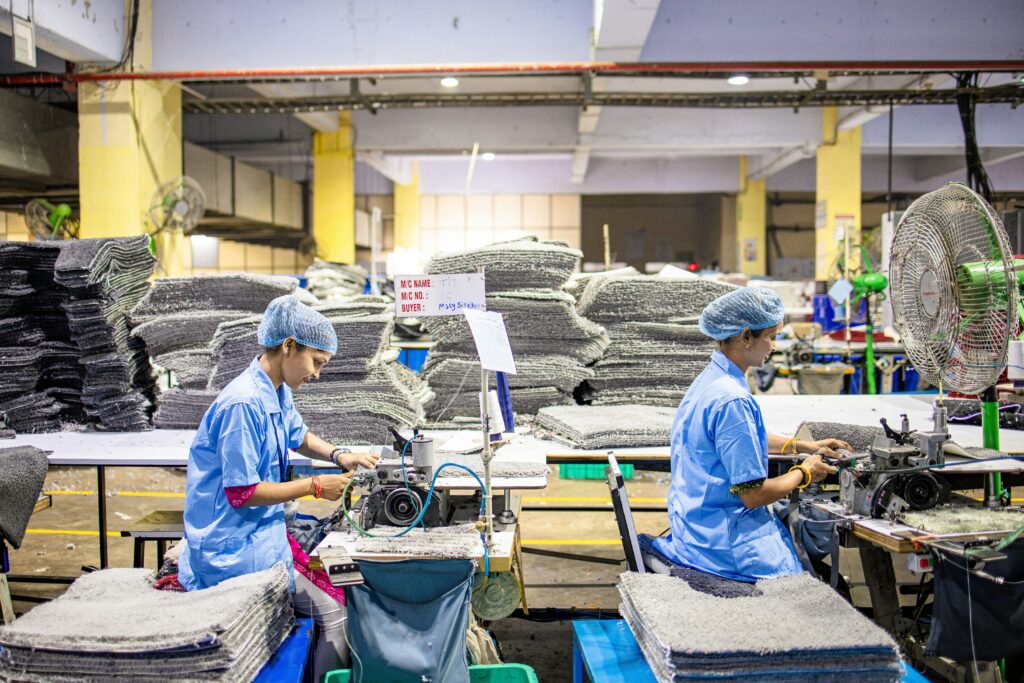
Why Source in Vietnam?
The appeal of international sourcing in Vietnam is multifaceted:
- Competitive Pricing: Lower labor and production costs compared to some other Asian manufacturing hubs make Vietnam a cost-effective choice.
- Skilled Workforce: A young, dynamic, and adaptable labor force ensures a continuous supply of skilled workers.
- Favorable Trade Agreements: Vietnam’s participation in agreements like the CPTPP and EVFTA provides preferential access to major global markets.
- Strategic Location and Stability: Its geographical position and stable political environment contribute to a reliable business climate.
- “China Plus One” Strategy: Many companies are increasingly looking to Vietnam to diversify their manufacturing bases, enhancing supply chain resilience.
Finding Suppliers in Vietnam
Finding suppliers in Vietnam requires a strategic approach, as not all Vietnamese factories have a robust online presence. Here are effective channels:
- Online B2B Platforms: While primarily focused on Chinese manufacturers, platforms like Alibaba.com/vn and Globalsources.com/manufacturers/Vietnam list Vietnamese suppliers.
- Sourcing Companies/Buying Offices: Engaging a local sourcing partner or buying office can be instrumental. These entities act as liaisons, providing on-the-ground support, navigating cultural nuances, and ensuring transparent transactions from sourcing to shipment. They can help define product specifications, evaluate suppliers, and manage the entire procurement process.
- Trade Shows: Attending trade shows in major cities like Ho Chi Minh City and Hanoi is an excellent way to meet factory representatives face-to-face, assess capabilities, and gather quotations. Key events include Vietnam International Sourcing, Global Sourcing Fair Vietnam, and specialized shows for textiles, furniture, and electronics.
- Government and Industry Associations: Official government databases, commercial chambers of commerce, and associations related to specific product types can provide lists of verified manufacturers.
- Personal Referrals and Networking: Leveraging existing connections and participating in networking events can also lead to reliable partners.
When approaching potential suppliers, be clear and direct with product specifications, unit price, MOQ requirements, sample costs, production times, and factory location. Inquire about their acceptance of third-party quality inspections.
Supply Chain Management in Vietnam
Effective supply chain management in Vietnam is crucial for seamless operations. While the country’s infrastructure is developing, challenges can arise. Key aspects include:
- Logistics and Infrastructure: The government is investing heavily in improving ports and transportation networks (e.g., North-South Expressway, Long Thanh Airport) to enhance connectivity and efficiency. However, careful planning is still needed, especially for complex supply chains.
- Digital Transformation: The Vietnamese logistics sector is embracing technologies like AI-driven forecasting, blockchain for customs processes, and IoT tracking solutions to streamline operations, reduce clearance times, and improve transparency.
- Optimizing Processes: Digitalization of information and work processes is essential for efficiency and waste reduction. Coordinating information between departments ensures smooth production stages.
- Risk Management: Developing robust risk management strategies is vital to address potential disruptions, especially given regional manufacturing practice variations and an evolving regulatory landscape.
- Local Partnerships: Collaborating with local logistics providers leverages their knowledge and networks to navigate the market effectively.
Quality Control in Vietnam
Maintaining high standards through stringent quality control is paramount for products destined for international markets. This is not just a regulatory requirement but a strategic imperative to build trust and reliability.
- Third-Party Inspection Services: Engaging independent quality control companies is highly recommended. These firms offer comprehensive services across all major production regions in Vietnam, including:
- Product Inspections:
- Initial Production Check (IPC): Inspection of raw materials and initial production runs.
- During Production Inspection (DUPRO): Checks performed when 30-50% of goods are produced to catch issues early.
- Pre-Shipment Inspection (PSI): Final evaluation of product quality, packaging, and labeling before shipment.
- Container Loading Check (CLC): Verification of count, proper loading, and container sealing.
- Supplier Audits: Assessing production capabilities, quality management systems (e.g., ISO 9001), ethical standards (e.g., SA 8000), environmental compliance, and structural integrity of factories.
- Lab Testing: Accredited labs offer testing services for various consumer products to ensure compliance with international safety and quality standards (e.g., CPSC for the U.S. market).
- Product Inspections:
- Compliance with International Standards: Adhering to international quality standards (like ISO certifications) ensures products meet global benchmarks for safety, quality, and performance.
- Supplier Management: Establishing strong relationships with suppliers, providing training, and conducting regular performance evaluations are crucial to ensuring consistent quality.
Conclusion
Vietnam’s growing role in global trade, supported by strategic economic policies, technological advancements, and a focus on sustainability, makes it an increasingly vital player in the global supply chain. By understanding the intricacies of sourcing, diligently finding suppliers, implementing effective supply chain management, and prioritizing rigorous quality control, international businesses can unlock significant opportunities and build resilient, high-quality manufacturing operations in Vietnam.
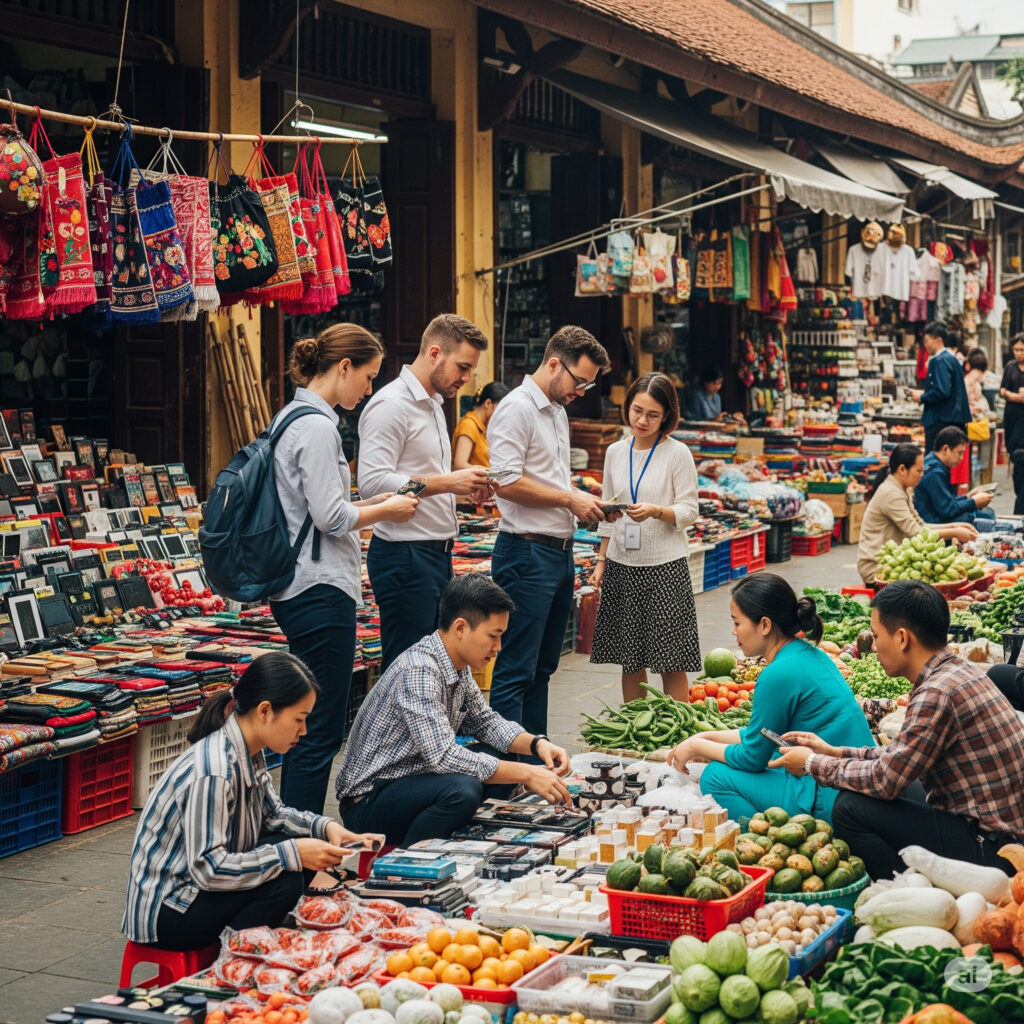
Ready to streamline your sourcing and ensure product excellence? Contact PRIMO team today to get started with your sourcing requests in Vietnam and confidently navigate the global market.
By Primo team
